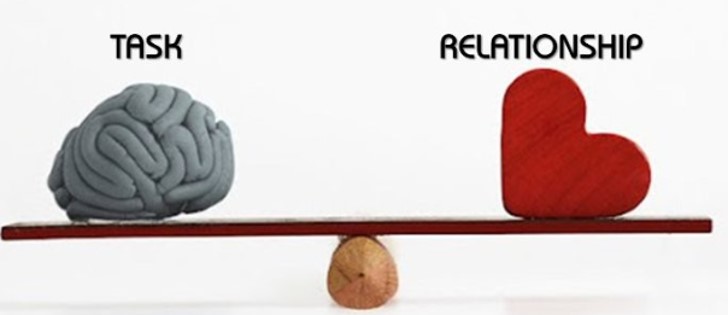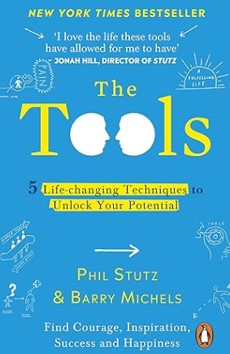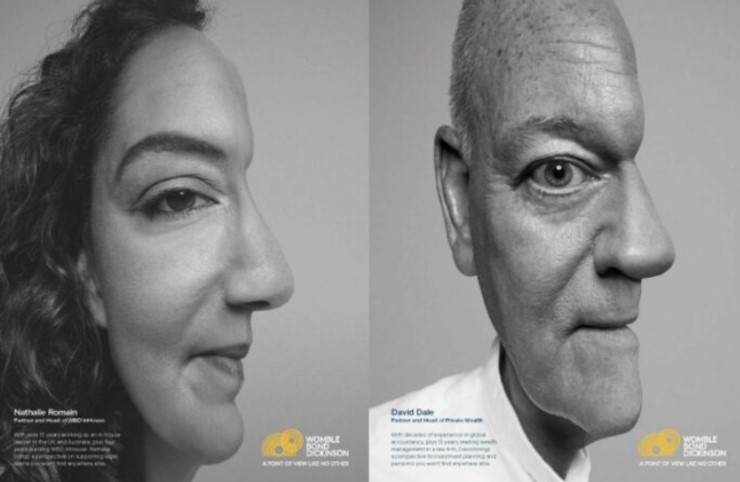
In April, the delegates at the Client Experience Management (CEM) workshop at Professional Marketing Forum https://www.pmforum.co.uk/training.aspx identified the following nine takeaways:
1. Adopt the client’s perspective
Whilst it is easy to see the business benefits of a Client Experience Management programme in terms of consistency of quality and care, it is critical to adopt the client’s point of view. Too many CEM projects focus on efficiency and the introduction of technology from an entirely internal process perspective rather than the client’s point of view. Empathy is a core skill here.
During a client journey mapping exercise, it was easy to separate out the elements of the service that the client experienced (the touch points and moments of truth) from the behind-the-scenes and back office operations. It was also easy to see where real value was perceived by the client and where the firm had an opportunity to differentiate the experience.
Rather than guessing how clients experience different aspects of the service, it helps to listen to them and research their views with meetings and focus groups. This is why client listening and client research are always critical components of a CEM project. It is also important to segment the different types of clients (they will have different expectations and needs for the service) and to possibly develop personas for how those different clients experience similar services.
2. Consider client emotions
An experience is emotional. Clients feel pleasure when an experience is exceptional and disappointment, irritation or even anger when an experience is not good. The same experience may evoke happiness in some clients and frustration in others – it depends on their expectations and how they perceive what happens.
So you need to understand emotions to understand client experience management. Emotions are covered in detail in my latest book – Better Business Relationships http://kimtasso.com/publications/better-business-relationships/
3. Understand the inherent tension in a CEM programme
CEM is about bringing consistency and improvement to all client experiences. Yet most fee-earning professionals feel that they deliver the best service and experience to clients by tailoring what they do to the exact requirements of each client – the important personalisation element of CEM.
So there will be an inherent tension requiring a delicate balance between achieving consistently good branded service experiences and ensuring that the needs of individual clients are understood and accommodated.
4. Be systematic
With client journey mapping, you take a really granular look at what happens at each step of a key process – whether on-boarding, job completion, starting a new matter or developing the relationship.
A systematic approach enables you to consider not just what happens now and where gaps might exist but where improvements can be made to achieve a better or ideal experience in the future. Mapping forces you to see things from the client’s perspective – what they see and experience and where they perceive value – separately from the internal processes and systems.
5. Start with journeys you control
In large, B2B professional service firms there are a myriad complex client journeys. Many of them are the sole preserve of the technical fee-earners within established and complex client relationships. It is often challenging for marketers to lead or support client journey mapping when they lack in-depth technical product knowledge and exposure to clients.
So it was suggested that marketing and business development professionals start with client journeys where they have the most control – for example, the digital journey where potential clients are seeking information about the firm during their selection process. Or where potential new clients submit invitations to tender or start attending the firm’s events to get to understand its proposition and meet its people.
Once the process and benefits can be demonstrated in these early client journeys, it is easier to replicate the process in more complex processes where the fee-earners are leading the interactions.
6. Involve the clients
While a lot of analysis and journey mapping can be completed internally, there is value in asking clients to participate in the process so that they can explain the experience from their perspective – what they liked and what improvements or changes they would suggest.
We spent some time considering the value of critical incident analysis in identifying both high and low points of client journeys.
So as well as a client listening element to CEM projects, you need to consider client involvement for sense-checking, value engineering, collaboration and co-creation.
7. Make things tangible
Professional services are experienced. Each client relationship is created by a series of many, many interactions and experiences over time.
They are transitory so try to find ways to produce tangible outputs – whether these are written reports, systems that have captured learnings or new technology and systems.
8. Use technology
Technology – particularly CRM systems – are vital for tracking preferences and relationships and ensuring that services are personalised.
There were various examples of technology use during the workshop. Those that generated most interest were:
- Staff having to check short and long form reports of the latest client developments before meetings (see JLL case study http://kimtasso.com/property-marketing-case-study-client-key-client-relationship-management-jll/)
- Clients providing immediate feedback on the work and team members as the work progresses (see info about Performance Leader system here http://kimtasso.com/system-review-performance-management-professions-performance-leader-system/)
- Automated and integrated on-boarding and compliance checking (see about the Intapp system here http://kimtasso.com/intapp-integrates-technology-information-across-firm-client-life-cycle-management/)
9. Develop a CEM process
During the workshop, we looked at different approaches to CEM and the various elements of a CEM programme. Whilst each CEM programme will be different – depending on the business aims and the current situation – the following elements are common:
- Analyse the current situation – identify weaknesses and opportunities
- Set business goals
- Establish a steering group
- Select an area of the business or practice group on which to base a pilot project
- Collect data and information
- Undertake client listening
- Assemble the team to represent the technical service, the relationship aspects, the back office processes and other internal stakeholders
- Conduct client journey mapping exercises
- Consider options for improving experiences and services and/or innovation
- Develop new services or best practice procedures
- Consult “warm” clients about proposed changes and obtain their input
- Pilot the new service methodology and assess results
- Develop the relevant training and internal communications processes
- Roll out new processes and procedures
- Measure results and feedback to modify future CEM initiatives









